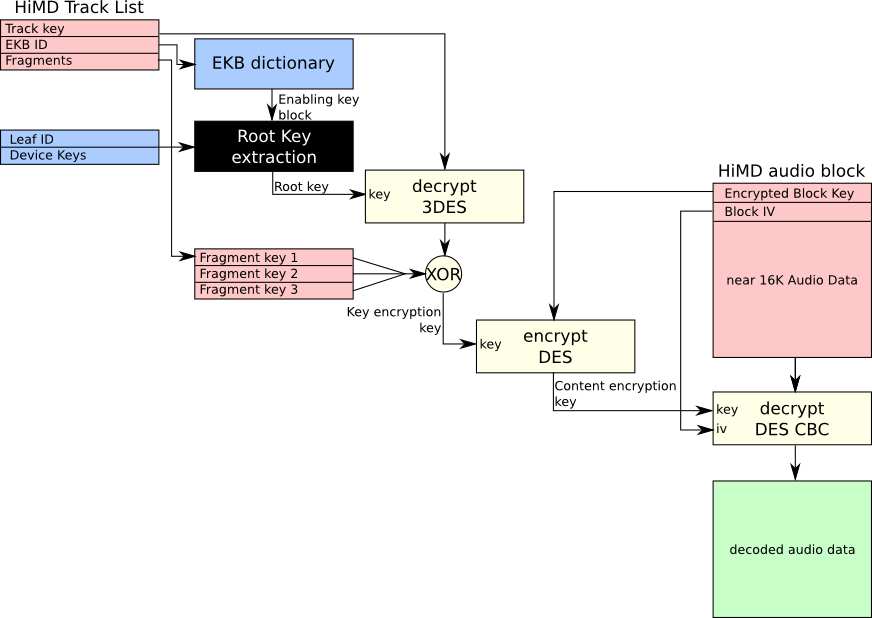

React.Fragment Refs React.createRef React. Wrap elements in
Transforming Elements Reactprovides several APIs for manipulating elements: cloneElement() isValidElement() React.Children Fragments Reactalso provides a component for rendering multiple elements without a wrapper.

Children in an array must have a key to prevent React’s key warning. React Fragments have a key props! let’s say we have an array of Books objects and we want to render all books from the array. createFactory() See Using React without JSXfor more information. 4 Answers Sorted by: 22 Official document says Using array notation has has some confusing differences from normal JSX: Children in an array must be separated by commas. const numbers = Ĭonst listItems = numbers.map((number) => It helps to identify which item has remove, add and replace. Key is the attribute that can be passed to the React Fragments. By requirement, these elements must be wrapped inside a single parent tag, usually a div tag. Most times, multiple elements need to be rendered in in the DOM.

If we have multiple elements then wrap them in a single root element.Īs for example: Functional Components function CodingGyan() from "react" īooks: Why React Fragment React.js fragments allow you to group a set of children elements without adding extra nodes to the DOM. React Fragment is useful when we have to render multiple child elements in a single root(parent) component.Īs we know React components can only render one element at a time. React. key and ref from the original element will be preserved if no key and ref present in the config. New children will replace existing children. The resulting element will have the original element’s props with the new props merged in shallowly. You need a key for mapping a collection to an array of fragments such as to create a description list. config should contain all new props, key, or ref. React Fragment helps to group a list of children without adding extra nodes to the DOM. The shorthand syntax does not accept key attributes. However, this breaks down in one situation: if you have two sets of children that you need to reorder, there’s no way to put a key on each set without adding a wrapper element.
One definite benefit here is that you can omit. In the case of an object, it’s not clear how the object should be displayed. Fragment allow us to have one root tag element for multiple child tags as shown below. 00:28 When using Fragment, no DOM element is rendered, and behaves as if your work return an array of elements.
#React fragment key attribute code
We can use the above JSX in our React code like this: class JSXDemo extends React.Component when rendering (which can be rendered without any issue). Or you can use create-react-app which internally uses Babel for the JSX to JavaScript conversion. You can set up your own babel configuration using Webpack as I show in this article. So to convert it to browser understandable JavaScript code, we use a tool like Babel which is a JavaScript compiler/transpiler. This is because we're assigning an HTML tag to a variable that is not a string but just HTML code. Keys or attributes are not supported by the shorthand. But the browser does not understand this JSX because it's not valid JavaScript code. It will enforce the shorthand syntax for React fragments, with one exception. Take a look at the below code: const jsx = This is JSX What is JSX? JSX is a JavaScript Extension Syntax used in React to easily write HTML and JavaScript together.

With this change, the two sets of children will be properly reordered in the DOM without.
JSX is one of the core concepts of React. Array

 0 kommentar(er)
0 kommentar(er)
